- Joined
- Jun 2, 2013
- Messages
- 4,493
- Reaction score
- 4,141
I have a habit of under exposing my images and then adjusting them in post to slightly intensify the highlights. I prefer lower key images and moody soft lighting with deep shadows, and I believe slightly under exposing (from what the meter on my camera usually tells me is "correct") lets me capture the image so that it's closer to what I am seeing for the final look in my head.


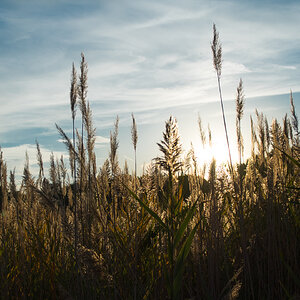
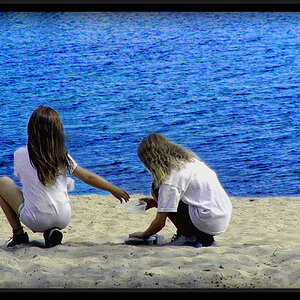
![[No title]](/data/xfmg/thumbnail/42/42451-9e2e4f1caad4c45d0c61e2a856140c36.jpg?1619740190)
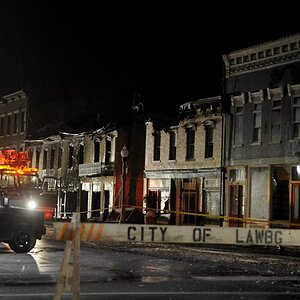
![[No title]](/data/xfmg/thumbnail/35/35664-428352d20c8015248f9625e246c3581c.jpg?1619737089)

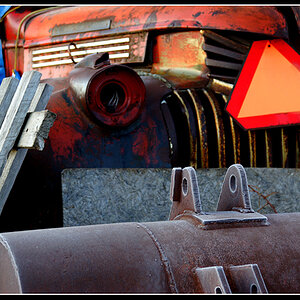
![[No title]](/data/xfmg/thumbnail/42/42454-2589290b654fa7e0ffdd794aaa5cbd86.jpg?1619740190)
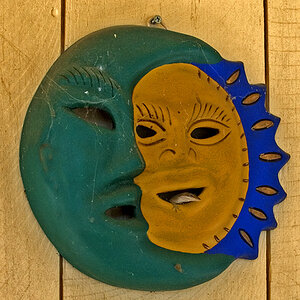
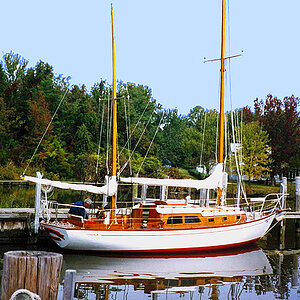
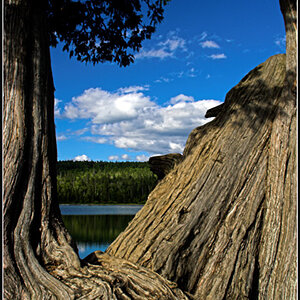
![[No title]](/data/xfmg/thumbnail/32/32148-95f8731a01012cd472d3896791e3b7de.jpg?1619735233)